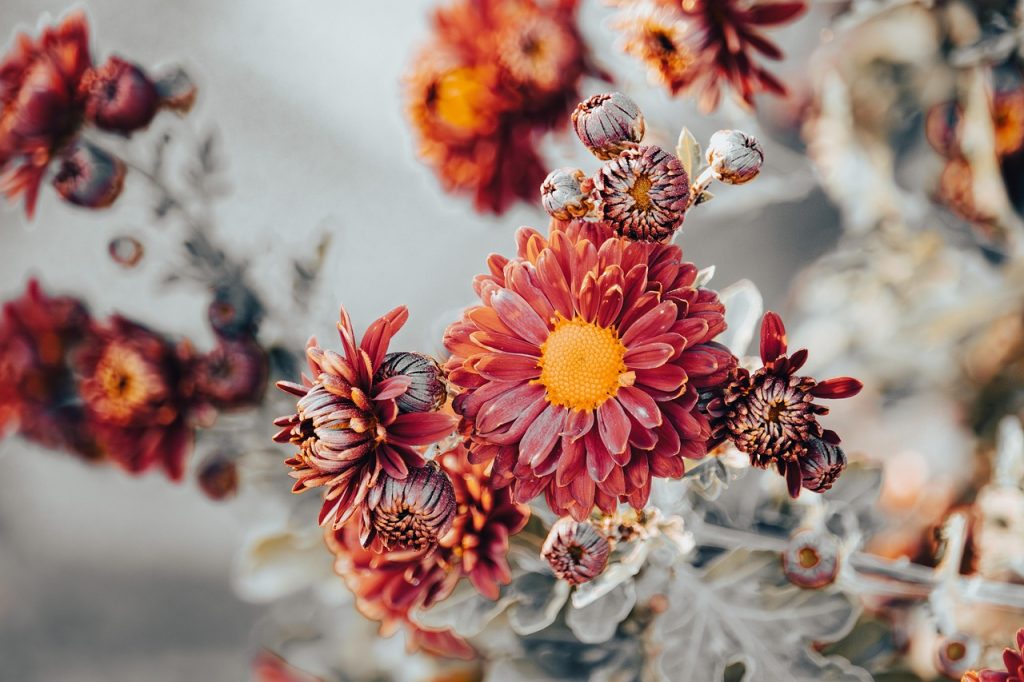The Monstera Deliciosa, affectionately known as the Swiss Cheese Plant, is a staple in the world of indoor gardening. Known for its unique, holey leaves and robust growth, this tropical plant has captured the hearts of plant enthusiasts worldwide. Originally native to the rainforests of Central America, Monstera Deliciosa is both an aesthetic centerpiece and a relatively easy plant to care for, making it perfect for both novice and seasoned gardeners.
History and Origin
Monstera Deliciosa hails from the lush rainforests of southern Mexico and Panama. It was first documented in the late 19th century and quickly gained popularity due to its distinctive foliage and easy adaptation to indoor environments. The name ‘Monstera’ refers to its monstrous size, while ‘Deliciosa’ is derived from the delicious fruit it produces in its natural habitat.
Appearance and Varieties

The Monstera Deliciosa is renowned for its large, glossy, heart-shaped leaves that develop deep splits and holes as they mature, a feature known as fenestration. This gives the plant its nickname, the Swiss Cheese Plant. While the classic Deliciosa is the most common, there are a few varieties that enthusiasts might encounter:
- Monstera Borsigiana: A more compact version with similar leaf patterns.
- Monstera Variegata: Known for its striking white and green marbled leaves, highly sought after among collectors.
Optimal Growing Conditions
Light Requirements
Monstera Deliciosa thrives in bright, indirect light. Too much direct sunlight can scorch its leaves, while too little light can slow its growth and prevent the development of its characteristic leaf fenestrations. A spot near a north or east-facing window is ideal.
Soil Preferences
Well-draining soil is crucial for Monstera. A mix of potting soil with perlite or orchid bark can help ensure excess water can escape, preventing root rot. The soil should retain some moisture but never become waterlogged.
Watering Guidelines
Water Monstera when the top inch of soil feels dry. It’s essential to allow the soil to dry out between waterings to avoid overwatering. During the growing season (spring and summer), it may require more frequent watering, while in the dormant season (fall and winter), water needs decrease.
Temperature and Humidity
Monstera Deliciosa prefers temperatures between 65-85°F (18-29°C). It thrives in a humid environment, typical of its tropical origins. Consider using a humidifier or placing the plant on a pebble tray with water to increase humidity, especially during dry winter months.
Planting and Repotting Methods
When planting or repotting Monstera Deliciosa, choose a pot with drainage holes. Repotting every two years or when the plant outgrows its current pot will encourage healthy growth. Use a fresh potting mix to replenish nutrients and ensure proper drainage.
Propagation Techniques
Stem Cuttings
It is easily propagated through stem cuttings. Follow these steps for successful propagation:
- Locate a healthy stem with a node and a leaf.
- Use a sterilized knife or scissors to cut below the node.
- Place the cutting in water, ensuring the node is submerged.
- Wait for roots to develop, changing the water regularly.
- Once roots are a few inches long, transfer the cutting to soil.
Seasonal Care Tips
During spring and summer, it is in its active growth phase. Fertilize monthly with a balanced liquid fertilizer to promote vigorous growth. In fall and winter, reduce fertilization and water less frequently as the plant enters dormancy.

Common Problems and Solutions
Pests
Monstera Deliciosa can attract pests like spider mites, mealybugs, and aphids. Regularly inspect the plant and treat infestations with insecticidal soap or neem oil.
Leaf Yellowing
Yellow leaves can indicate overwatering or nutrient deficiency. Ensure proper drainage and consider supplementing with a balanced fertilizer if necessary.
Brown Leaf Tips
Brown tips often result from low humidity or underwatering. Increase humidity levels and ensure consistent watering practices.
Practical Uses of Monstera Deliciosa
Beyond its aesthetic appeal, Monstera Deliciosa serves as an air purifier, removing toxins like formaldehyde and benzene from the environment. Its striking leaves make it a popular choice for interior design, adding a tropical touch to any room.
FAQs
What makes Monstera Deliciosa leaves develop holes?
The holes, or fenestrations, are a natural adaptation to allow light to reach lower leaves in dense rainforests.
Can Monstera Deliciosa be grown outdoors?
Yes, in USDA zones 10-12, Monstera Deliciosa can be grown outdoors. In cooler climates, it should be kept indoors or brought inside during colder months.
How can I encourage my Monstera Deliciosa to grow larger leaves?
Ensure it receives adequate light, water, and nutrients. Providing a support structure, such as a moss pole, can also encourage the growth of larger leaves.
Is Monstera Deliciosa toxic to pets?
Yes, Monstera Deliciosa contains calcium oxalates, which can be toxic to pets if ingested. Keep it out of reach of cats and dogs.
Deliciosa, with its dramatic foliage and easy care requirements, remains an iconic choice for plant lovers. By understanding its needs and providing the right conditions, you can enjoy this stunning plant for years to come.